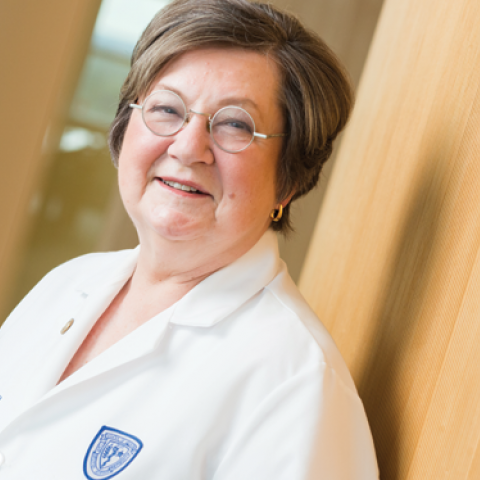And so, it continues. The delivery people run to the porch and set the bags down even if you are at the door, and then hurry away. Gives a whole new meaning to Door Dash! However, in the grocery store, the lines place people only a shopping cart – or about four feet – apart, and the checkout lady is not wearing gloves. I am!
I’m proud to tell you that over 150 people are participating in our working groups on COVID-19, which is being coordinated at the upper levels by the leaders of these groups in the Task Force led by Jon Karn and Rafick-Pierre Sekaly. They are supported by Joan Schenkel and Erin Fogarty (whom you should contact if you want to participate).
We have ambitious plans at many levels to address the issues that have plagued us with this virus. Those participating in the groups tell me that it is an incredibly collaborative atmosphere. Sometimes investigators in very different areas come together to work for the benefit of the community. For example, the public health contingent, led by Heidi Gullett and Kurt Stange, sought out immunologist Rafick-Pierre Sekaly to obtain the best tests for anti-COVID antibodies, both to investigate infection in vulnerable groups such as pregnant women, but also to identify those who are truly convalescent from the disease and may have antibodies to donate for therapeutic purposes for those who are gravely ill.
Meantime, the repair and certification of our BSL2 and 3 facilities are proceeding, and the collection of reagents and agreement on safety protocols goes forward. And the clinicians are working tirelessly not only to help the sick, but to establish clinical trials for therapeutic agents and for the protection of the healthcare workforce. Our academic physicians know that without those studies, in a few months they will STILL be fighting with the same tools they have now. But with the studies, they can better focus on prevention and cure.
Still, we hear that the surge in cases is ahead of us, and we have not seen the peak. Our health systems are hoping for the best but preparing for the worst, arranging sleeping quarters for workers who cannot go home, and identifying overflow space for patient beds should the crisis broaden and deepen, and in the case that even the elimination of all elective surgeries and admissions does not free up enough hospital space. Some of that health care worker and overflow hospital space is at CWRU, and we are doing our part to accommodate to the crisis. But we are all praying that it will not be necessary to deploy it into active service.
Flatten the curve, flatten the curve! We can do what New York could not. We can sacrifice normalcy now for lives for the future . . . we may have a longer surge, but it will be shallower. Fewer lives will be lost, our hospitals will be able to cope, and less suffering will ensue. Please, let it work!
Thank you for all that you do to keep us safe and conquer the virus. You are the key to all success!
Pam


